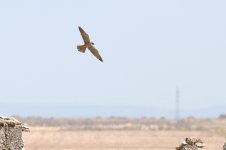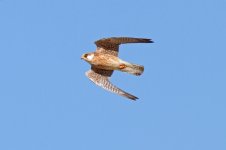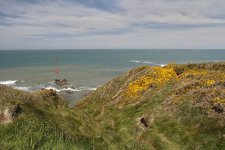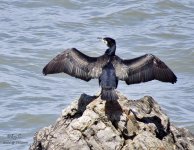Personally, having a camera hasn't changed the way I bird to any great degree. I still find that on a typical walk, the majority of birds are picked up and/or identified by sound, and also that if I have a camera with me, I can often return home with no pictures as nothing's really been close, sat still, been unobscured or generally been worth taking a pic of. This could be a function of going out to bird rather than to take pictures.
Generally, the availability of relatively cheap but good cameras has opened up our hobby to a new group of people who like the idea of taking photos as much as, or more than, they like "birding". I'd hope this was for the good as it means more support for "the environment".
For me, the camera is a nice way to record a memory, and also to provide backup to notes etc (but I still carry the belief that as long as I'm happy with what I've seen, it doesn't really matter if someone else doesn't believe me). It can also be very useful if a bird pops up in front of you, you've seen enough to know it's something unusual, made some notes but it's not something where you can recall all the features needed for an ID (eg it's a juv
dendroica, but which one?) - firing off a quick pic could make all the difference.
As regards "how we see birds", cameras have one good and one bad point. The good point is that they show a faithful reproduction of what was actually in front of them. The eye can be deceived into seeing what it wants or expects to see, and the mind can fill in gaps, all subconsciously, not deliberately - a picture avoids this problem. The bad point is that it can only take an image at a moment in time, so if that was the point at which a bird stretched, turned, ruffled feathers or whatever, the image can mislead. Pictures themselves lead to a raft of other problems - manipulation, blur, "artefacts" from backlighting, shadows etc.
I'm off to Scilly for a few days tomorrow, and have decided to leave the DSLR at home, but will still take the SX50 for when the Magnolia Warb jumps out in front of me in Lower Moors










